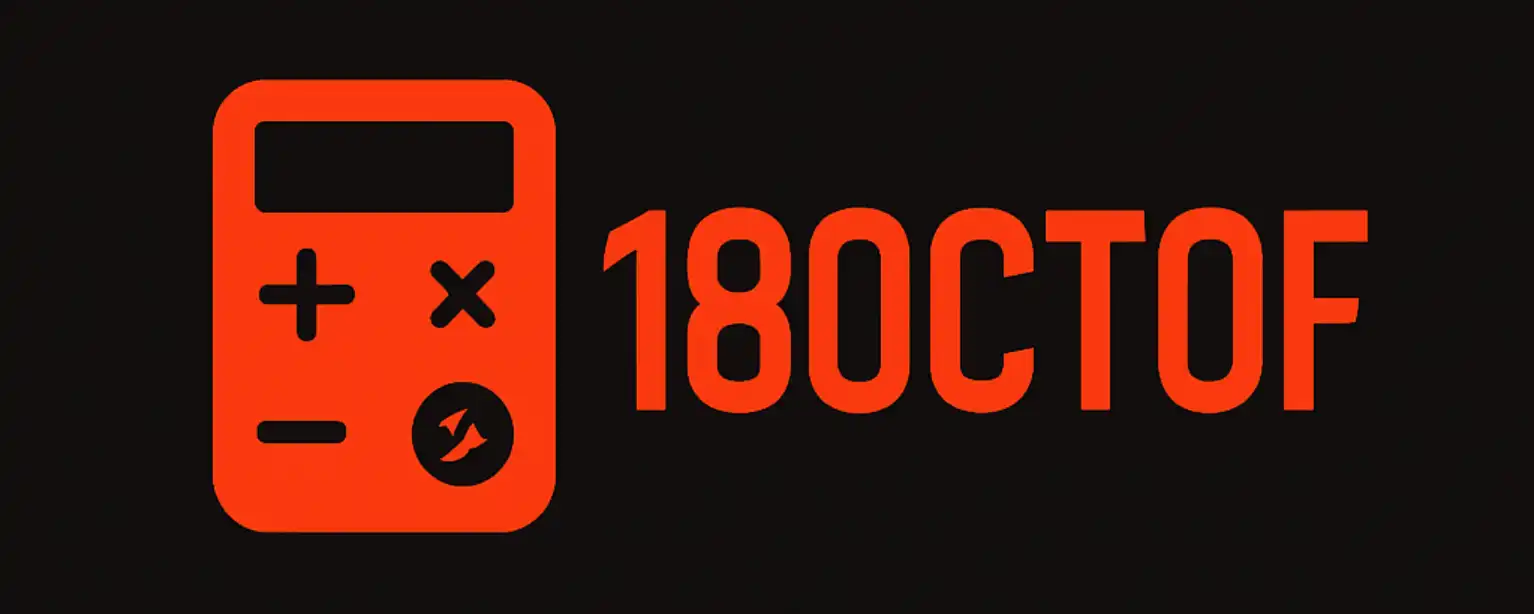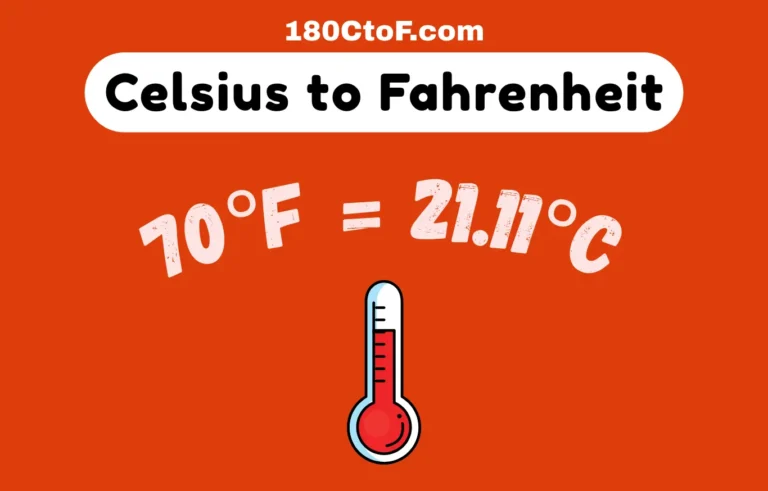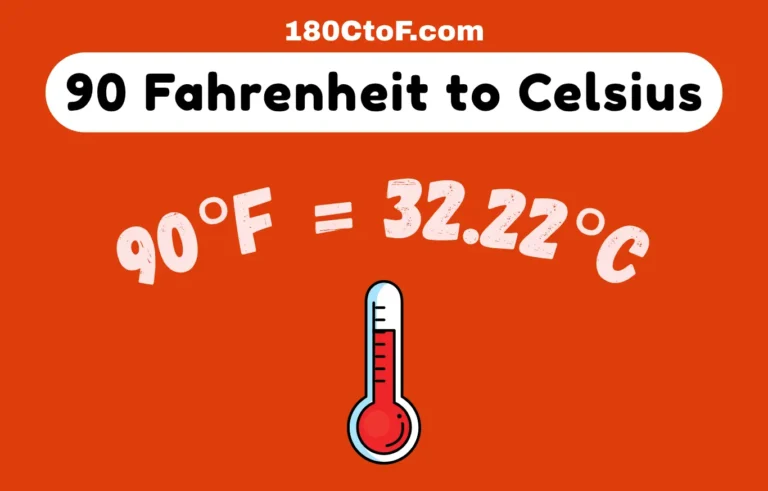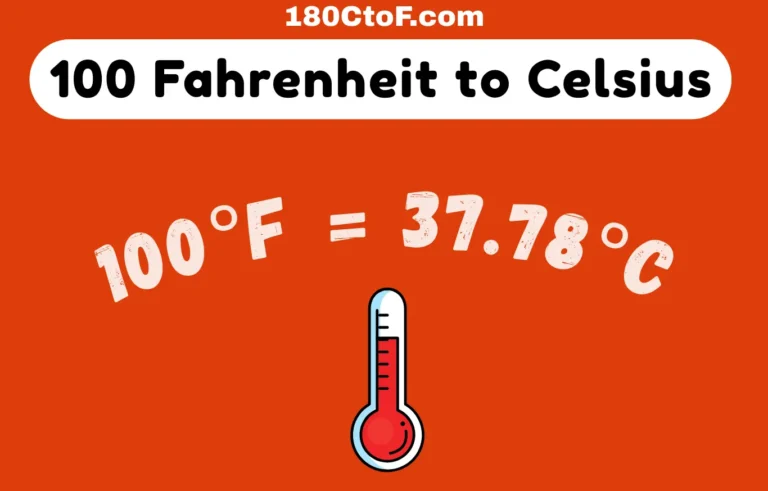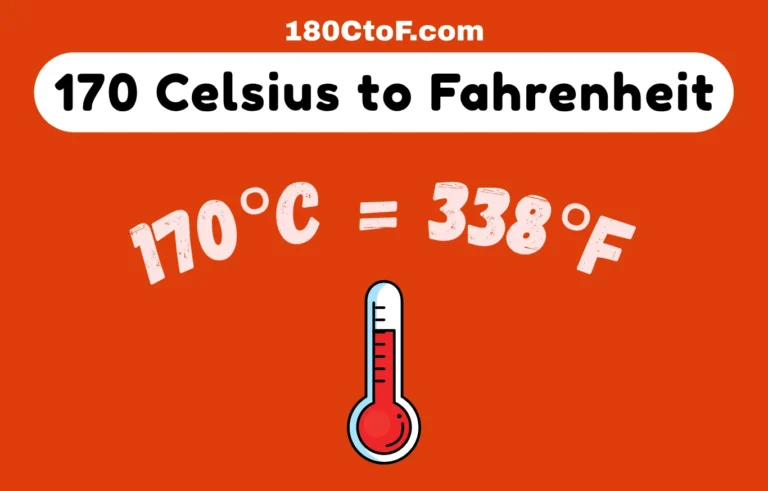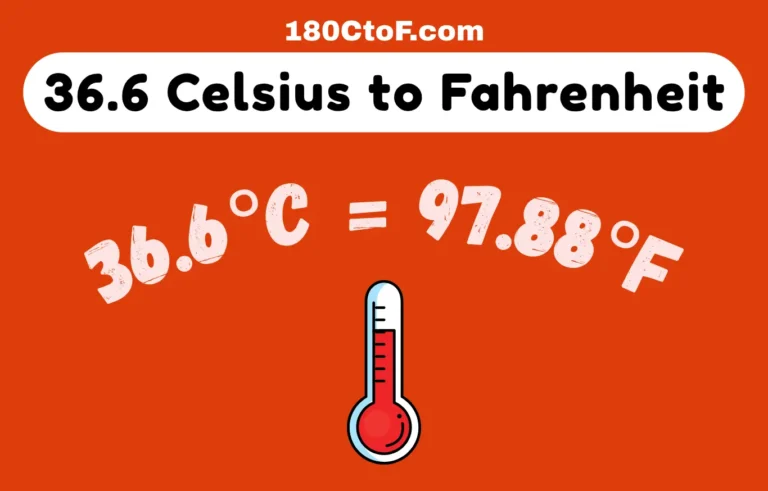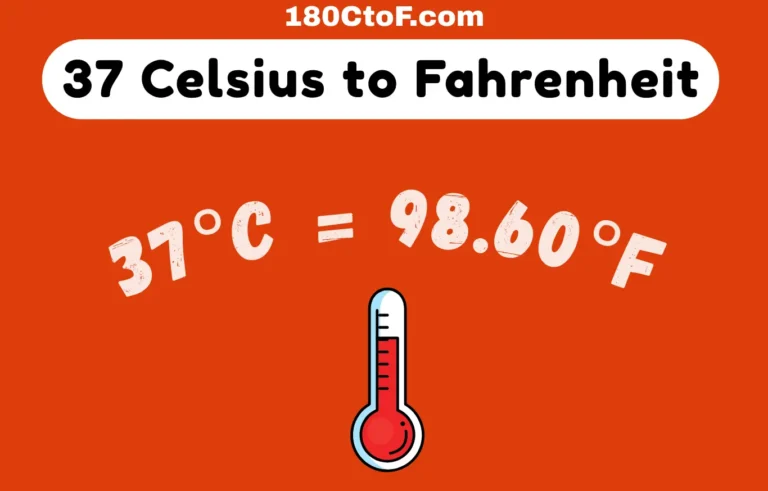37.2°C to °F – Convert 37.2 Celsius to Fahrenheit Easily
If you are not sure about how to convert 37.2 Celsius to Fahrenheit and what its impact on your health is. Is it a fever or normal? Whether it falls within a normal temperature range or suggests something more. Many people find it challenging to understand temperature readings, whether you’re checking body temperature, weather forecasts, or international settings, so don’t worry!
In this guide, we will explain what 37.2°C means in Fahrenheit using a precise formula, provide conversion tips, and include a comparison chart.
Use This 37.2 C to F Calculator for Instant Temperature Conversion
This is a straightforward and convenient method for converting 37.2 degrees Celsius to Fahrenheit. Use our quick and reliable converter tool for instant and accurate answers without any math headache. if you’re looking for other conversions, make sure to check 180 °C to °F for additional resources.
Steps to use:
- Type 37.2 Celsius in the input box.
- The tool instantly calculates the equivalent Fahrenheit temperature.
- The result will be displayed automatically in the output box.
37.2 Celsius to Fahrenheit Formula Explained Clearly
It is the simple way to convert 37.2 to Fahrenheit manually, which is helpful for students, travelers, and professionals who want absolute results without using a calculator.
Formula:
- °F = (°C × 9/5) + 32
- Insert the Celsius value (37.2):
- °F = (37.2 × 9/5) + 32
- Multiply 37.2 by 9/5 (or 1.8):
- °F = (66.96) + 32
- Add 32 to the result:
- °F = 98.96
- Final Answer:
- 37.2°C = 98.96°F
This temperature is slightly above the normal body range and may indicate a mild fever.
Example: Convert 38°C to Fahrenheit Using the Formula
Formula:
- °F = (°C × 9/5) + 32
- Insert the Celsius value:
- °F = (38 × 9/5) + 32
- Multiply:
- °F = (68.4) + 32
- Add:
- °F = 100.4°F
- Answer:
- 38°C = 100.4°F
This temperature indicates a mild fever in adults. For more examples, you can check out how 37°C converts to Fahrenheit, which is typically considered normal body temperature.
Reversible Calculation: Convert 98.96°F Back to Celsius.
Formula:
- °C = (°F − 32) × 5/9
Calculation:
- °C = (98.96 − 32) × 5/9
- °C = (66.96) × 5/9
- °C = 37.2
- Result: 98.96°F = 37.2°C
This means that the conversion is accurate and reversible. If you’re comparing slightly higher values, you might want to look at 37.5°C to Fahrenheit, which represents a mild fever.
37.2°C to °F Conversion Chart – Quick Reference for Temperature Values
Below is a quick reference table that shows exact temperature conversions, such as 37.2°F, and nearby temperatures. This helps you directly check if a temperature is normal, slightly raised, or shows a fever.
Celsius (°C)
Fahrenheit (°F)
What it means
36.5°C
97.7°F
Normal body temperature
36.8°C
98.2°F
Normal body temperature
37.0°C
98.6°F
Average body temperature
37.2°C
98.96°F
Slightly elevated, mild fever
37.5°C
99.5°F
Mild fever
38.0°C
100.4°F
Low grade fever
Is 37.2 Celsius to Fahrenheit a normal body temperature or a fever?
A temperature of 37.2 °F is usually considered high in relation to the average temperature range. Body temperature can vary slightly depending on the time of day, activity level, and the method of measurement (oral, axillary, etc.).
Standard body temperature ranges between 36.1°C and 37.2°C (97°F to 98.96°F) in most adults. So, 37.2 degrees Celsius is not as high a fever; it is considered slightly elevated if accompanied by symptoms such as weakness, feeling cold, or sweating.
For babies and young children, this temperature is considered an early stage of fever and a cause for concern. However, in older adults, it is also a reason to be concerned because they are more sensitive, and a temperature of 37.2 degrees Fahrenheit is often considered a mild fever for them. For another temperature near this, you can explore 37.8°C to Fahrenheit, a reading closer to a higher fever.
Symptoms of a Slightly Elevated Body Temperature (37.2 degrees Celsius in Fahrenheit)
- Chills, shaking, or shivering
- Warm or flushed skin
- Fatigue
- Body aches
- Headache
- Irritation or discomfort
- Mild fatigue or tiredness
If these symptoms continue for a prolonged period, they may worsen and progress into a low-grade fever. You can also learn how 30°C converts to Fahrenheit, which is a comfortable, warm room temperature.
What to Do When Your Temperature Reaches 37.2°C or 99.0°F
In most people, there is no medical treatment required for 37.2 Celsius to 37.8 °C, but when you are not feeling well, here are some effective ways:
- Drink plenty of water to stay hydrated or oral rehydration drinks.
- Give your body a complete rest to recover.
- Apply a wet towel to your forehead or neck area.
- Eat light meals that are easy to digest.
- If you feel uncomfortable, then use paracetamol or ibuprofen.
In babies under 3 months, even a small rise in temperature needs medical care. If you need to check out 37.1°C to Fahrenheit, it’s just slightly lower than 37.2°C, and you can find that conversion here.
How Body Temperature Is Measured (Oral, Armpit, Ear) and What 37.2 C to F Means
When converting 37.2 Celsius to Fahrenheit, it is essential to understand where the temperature is measured because body temperature varies depending on the type of method used. Each temperature has its normal range, and a reading of 37.2 degrees Celsius to Fahrenheit may be regular in one method but an increase in another.
Method
Normal Range (°C / °F)
Interpretation of 37.2°C (98.96°F)
Oral (mouth)
36.5–37.2°C / 97.7–98.96°F
Upper end of normal, not a fever
Armpit (axillary)
36.0–37.0°C / 96.8–98.6°F
Slightly elevated, possible mild fever
Ear (tympanic)
36.3–37.8°C / 97.3–100°F
Normal to slightly raised
Rectal
36.6–38.0°C / 97.9–100.4°F
Well within normal range
Forehead (temporal)
36.4–37.6°C / 97.5–99.7°F
Borderline high but still considered normal
What Does 37.2 in Fahrenheit Mean Depending on How It’s Measured?
- If measured orally, 37.2 Celsius to Fahrenheit is usually the upper limit of normal.
- If taken from the armpit, it could show a mild temperature rise.
- In the ear or rectum, it’s still within normal levels.
- Always consider symptoms along with the temperature readings.
For more details on Celsius and Fahrenheit conversions, feel free to visit our Celsius to Fahrenheit conversion guide for a deeper explanation.
Frequently Asked Questions (FAQs)

Heather M. Archambault
Heather M. Archambault, PhD, is a meteorologist and research scientist with decades of experience in atmospheric science and climate modeling. As the founder of 180 C to F, she brings scientific accuracy to every temperature conversion tool and guide. Her mission is to make complex temperature concepts clear and accessible to all.
